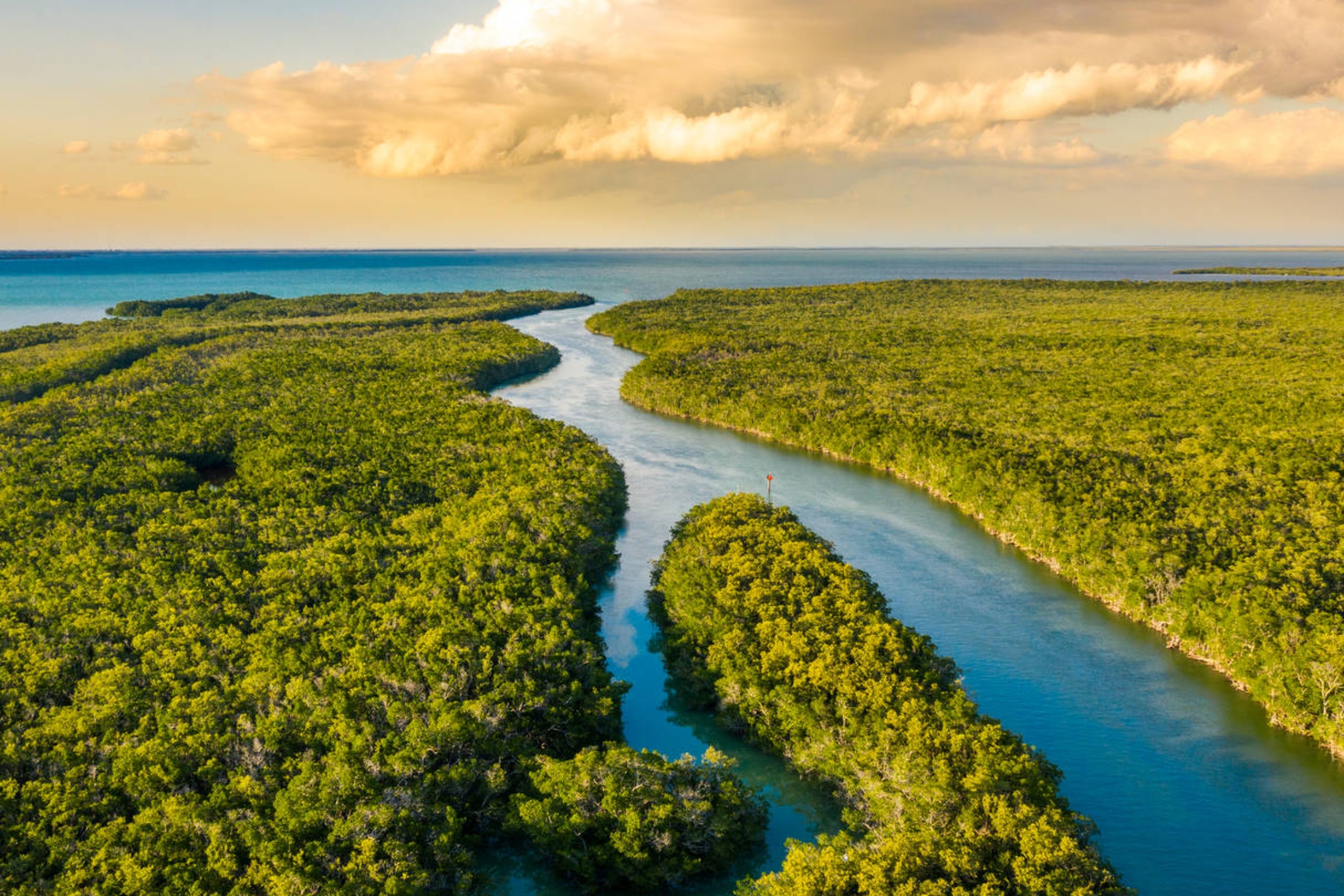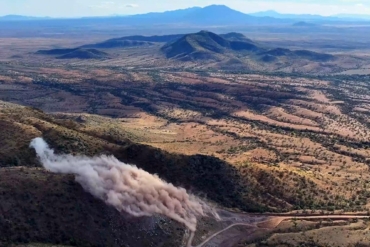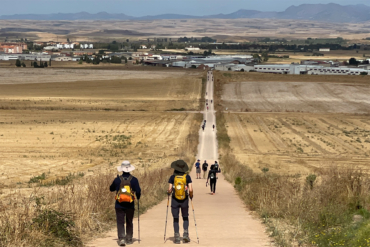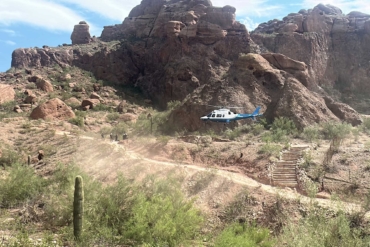The iconic ecosystem, which occupies 2 million acres across central and southern Florida, is home to a litany of endangered animal and plant species.
On Wednesday, the White House allocated $1.1 billion in funding to the Everglades revitalization project as part of the Biden infrastructure law.
It’s the most significant single investment ever made in the ecosystem. It will combat rising sea levels, excess water loss during times of drought, and other adverse effects of human-triggered climate change.
The Everglades Revitalization Effort
According to the House Everglades Caucus, half of the 40-mile-wide, 100-mile-long region has fallen prey to rapid, unsustainable human development in recent years. Irreplaceable marine systems, healthy farmland, and more have withered.
Biden’s plan calls for canal remediation, levee removal, and freshwater storage. The U.S. Army Corps of Engineers will oversee the expansive agenda.
“The iconic American landscape provides drinking water supply for over 8 million Floridians, supports the state’s $90 billion tourism economy, and is home to dozens of endangered or threatened species,” the White House said in a statement.
The NPS says that Everglades National Park is home to at least 39 threatened and endangered plant and animal species, several of which are keystone species. The Florida panther, American crocodile, American alligator, West Indian manatee, wood stork, and snail kite are just a few of the region’s most at-risk animals.

The amount destined for the Everglades is just a fraction of the $14 billion the White House designated to projects that will “increase climate resilience and make long-overdue improvements” to America’s ports and waterways in 2022. (A complete list of the projects seeded by the new infrastructure law is available here.)
“The Everglades is the lifeblood of South Florida,” House representative Debbie Wasserman Schultz stated. “This historic funding commitment by the Biden administration will ensure we can much more aggressively move to restore and protect the natural sheet flow of water that is the largest environmental restoration project in American history.”








